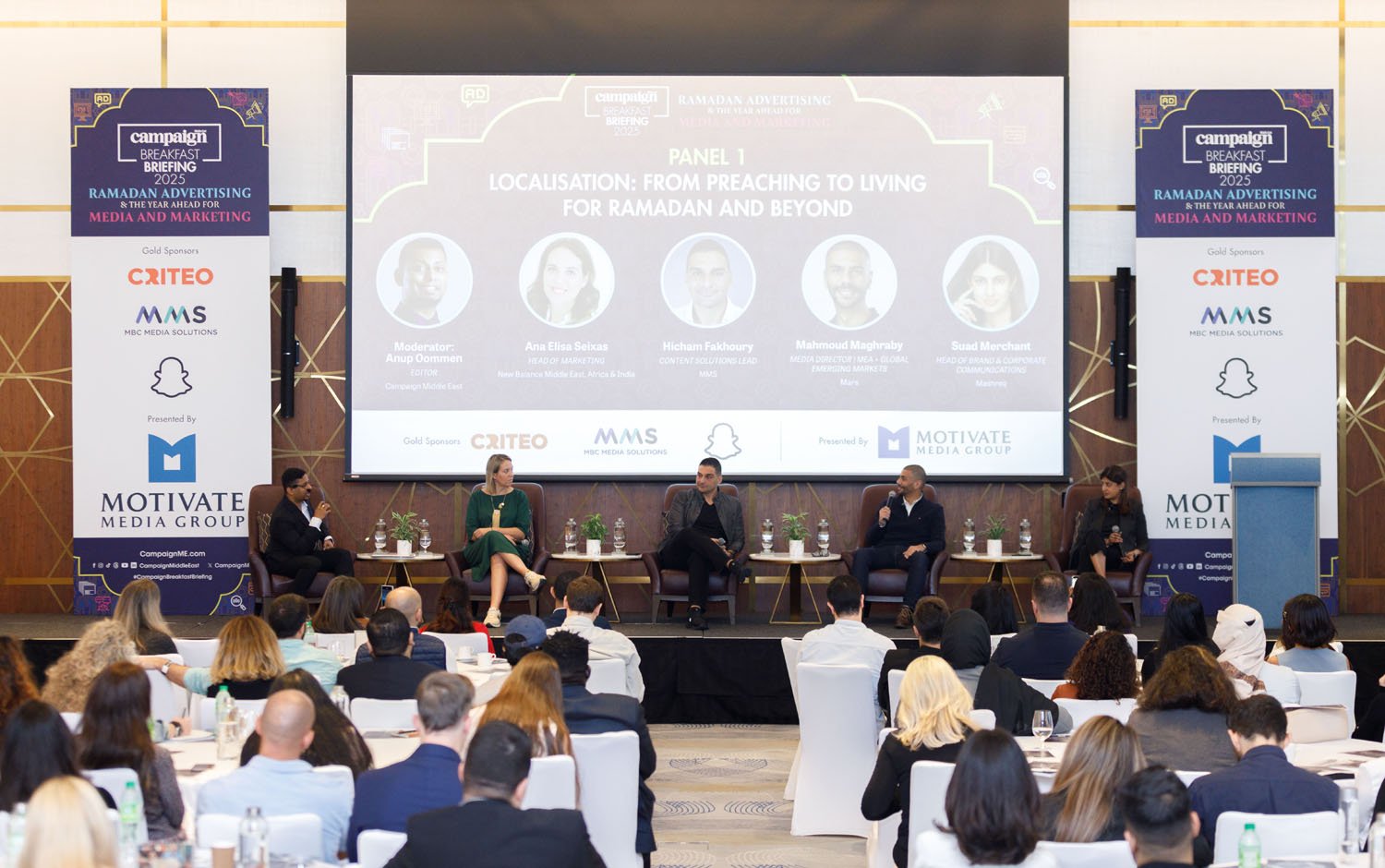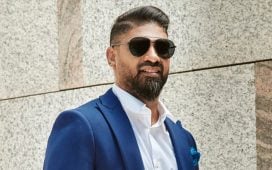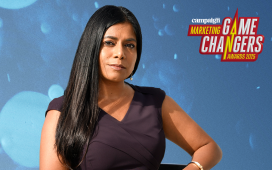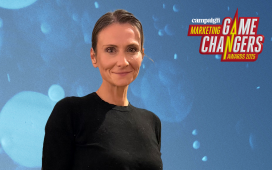
On February 7, Campaign Middle East hosted our Breakfast Briefing: Ramadan Advertising and the Year Ahead for Media & Marketing 2025 featuring three engaging panels. The event organised by Motivate Media Group’s Campaign Middle East, was held in partnership with Criteo, MBC Media Solutions and Snap Inc.
The first panel was an insightful discussion that focused on how brands can approach Ramadan marketing, emphasising the importance of localisation and authenticity.
It was moderated by Anup Oommen, Editor of Campaign Middle East, in partnership with MBC Media Solutions.
It included speakers:
Ana Elisa Seixas, Head of Marketing at New Balance Middle East, Africa & India;
Hi
To continue reading this article you need to be registered with Campaign. Registration is free and only takes a minute. Register Now or sign in below if you already have an account.









